Fulton Opera House
Introduction
Text-to-speech Audio
Images
Plaque for Christmas massacre at old Lancaster jail; modern-day location of Fulton Opera House
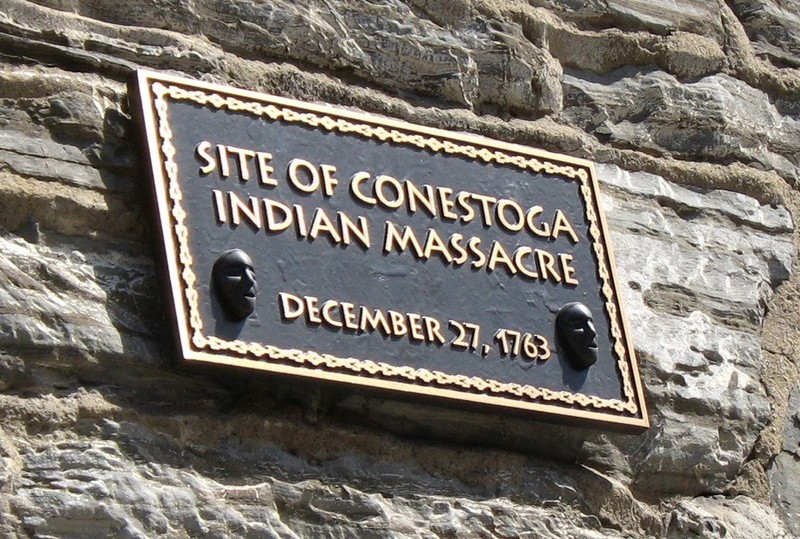
Sketch for Fulton Opera House
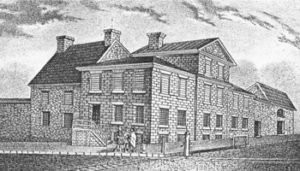
The Fulton circa 1950s
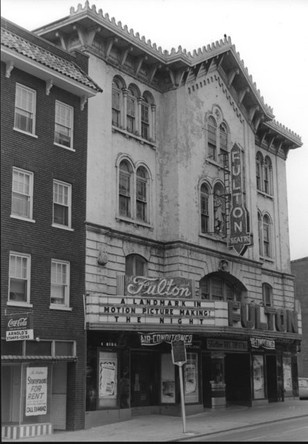
Old interior of the Fulton
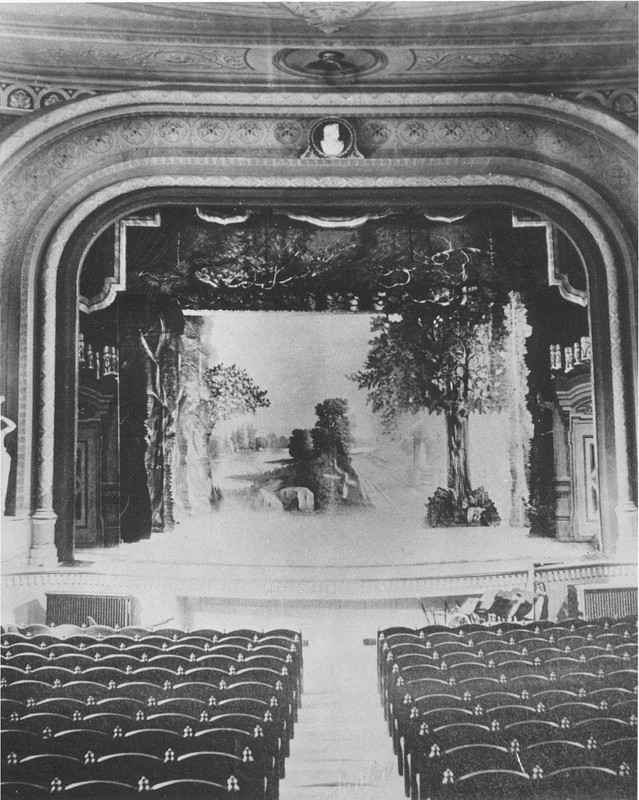
Modern-day Fulton Opera House
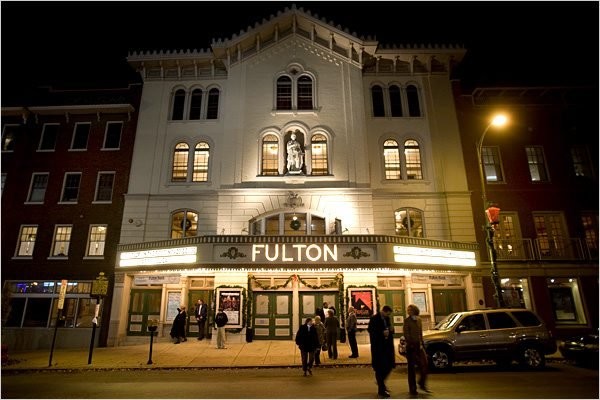
Modern view of the Fulton interior
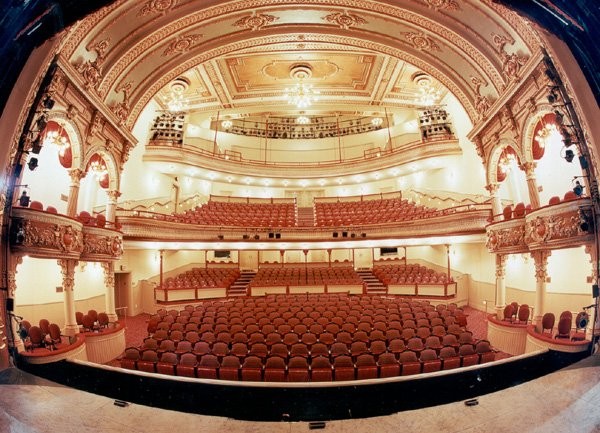
Backstory and Context
Text-to-speech Audio
Fulton Opera House, located on 12 North Prince Street in Lancaster, Pennsylvania, was built in 1852 by Christopher Hager, a town merchant and civic leader. The Italianate-style building got its name from Robert Fulton, the county’s steam engine pioneer, and became the center for numerous community gatherings in Lancaster, from theatrical performances and concerts to mass services and public lectures.
Before it became the theatre it is today, however, it was first the location of Lancaster’s pre-Revolutionary jail, which was erected in 1737. The jail itself, and therefore the foundation on which today’s theatre lies, had a noteworthy history of its own. On the Christmas of 1763, a group of rangers forming a vigilante gang called the “Paxton Boys” massacred numerous Conestoga (also known as “Susquehannock”) Indians who were being held at the jail for their own protection. It was a period of strained tensions between the colonists and the natives, and while the town magistrates were away attending a church service at local St. James Church, believing them to be safe, the boys broke in and killed as many Conestogas as they could.
From such tragedy, though, two of the first ever American plays was written -- A Dialogue Between Andrew Trueman and Thomas Zealot About the Killing the Indians at Cannestogoe and Lancaster and The Paxton Boys, a Farce -- and from the foundation upon which it occurred, the Fulton rose like a phoenix. One week after the theatre’s opening, on October 21, 1852, famous Norwegian violinist Ole Bull as well as nine-year-old soprano Adelina Patti. Also, in years to come, lectures from Mark Twain and Horace Greeley, theatrical performances of Harriet Beecher Stowe’s Uncle Tom’s Cabin and Shakespeare’s Othello, and theatrical performances by the Barrymores and the Drews, Edwin and John Wilkes Booth, and Maude Adams, as well as many others, occurred at the Fulton.
Until the late 1860s, aside from musical and dramatic performances, the theatre also served as a town hall for Lancaster. During the ‘50s and ‘60s, it held a vibrant political presence. In fact, in May 1856 the Republican Party of Lancaster County emerged on the Fulton’s stage. Also, during the Civil War, benefit performances were given in order to raise money for Lancaster’s soldiers as well as to later erect the monument in the city’s Penn Square.
Moving into the 20th century, under new ownership, the theatre was redesigned with a neo-classical interior, put on top of the numerous other adjustments it had endured since its conception. Along with a new-century look, though, the theatre also faced new-century competition. After 1910, with the emergence of movies began to tug away the audiences who once bought tickets for live theatre performances. In an attempt to draw some of those audience members back in, and since there was a slimming variety of traveling shows going around, then-owner Charles Yecker instituted his own stock company. Within ten years, this company included shows such as burlesque, which got Yecker arrested by the Law and Order Society for displaying immoral shows. This lead to the theatre being turned over to Ralph W. Coho, who introduced movies to the Fulton, playing films including The Sound of Music and Thunderball.
Today, Fulton Opera House is one of just eight theatres in the United States to be recognized as a National Historic Landmark. Through its years of renovations, including the $9.5 million spent in 1995 to expand it for modern audiences and install new facilities, the theatre is well-equipped for the 21st century while still maintaining its Victorian charm. It houses numerous performances each year, from orchestras, to plays, to musicals, and is still, to this day, Lancaster’s “jewel of the performing arts.”
Sources
Crimmins, Peter. “Steeped in tragic history, Lancaster theater has played many roles : Arts & Entertainment.” Steeped in tragic history, Lancaster theater has played many roles, 23 July 2014, whyy.org/articles/steeped-in-bloody-history-lancaster-theater-has-played-many-roles/.
Loose, J.W.W. “ History of the Fulton Opera House.” Lancaster History, 2000, www.lancasterhistory.org/highlights/articles/fultonhistory.htm.
